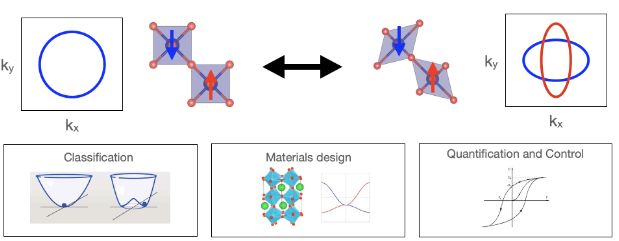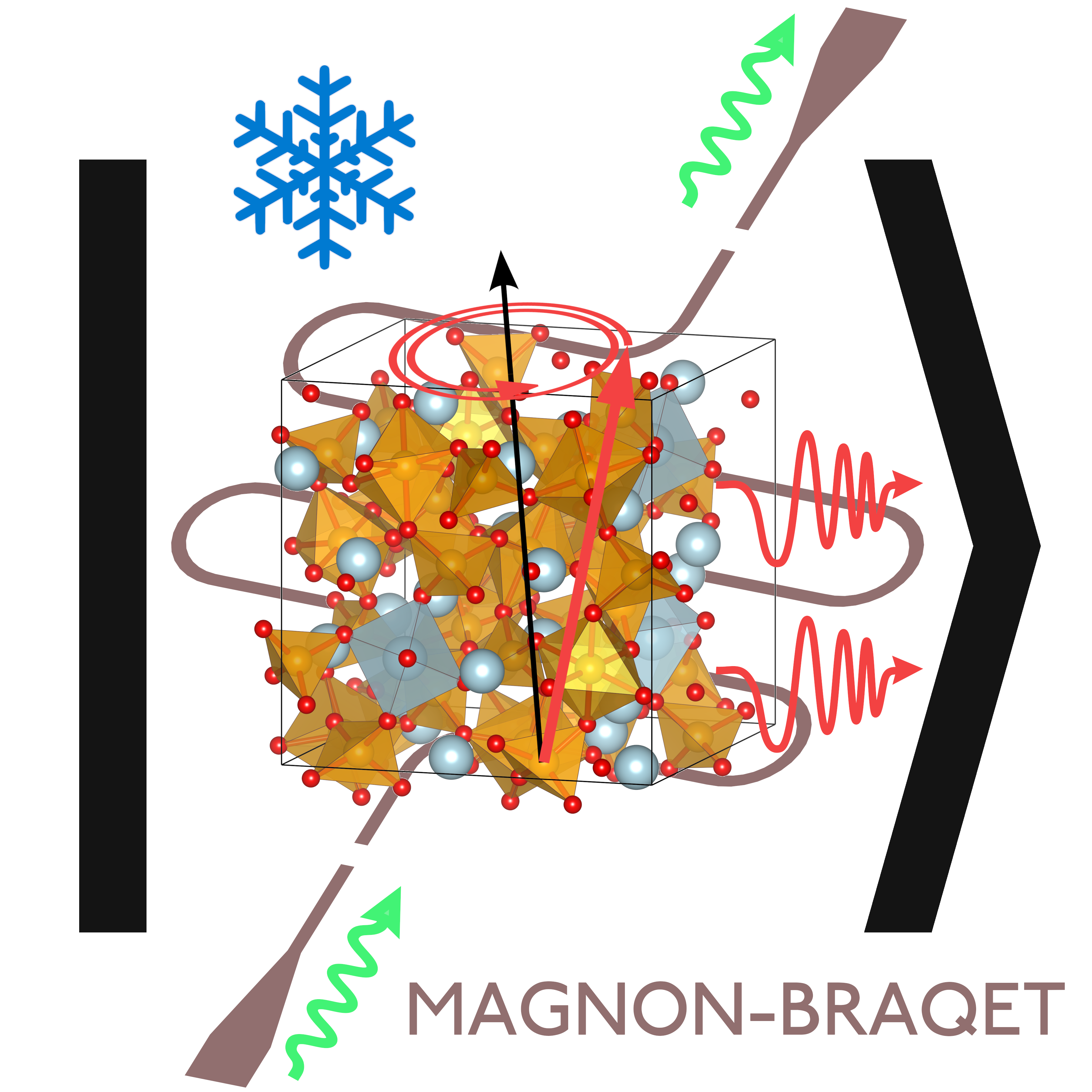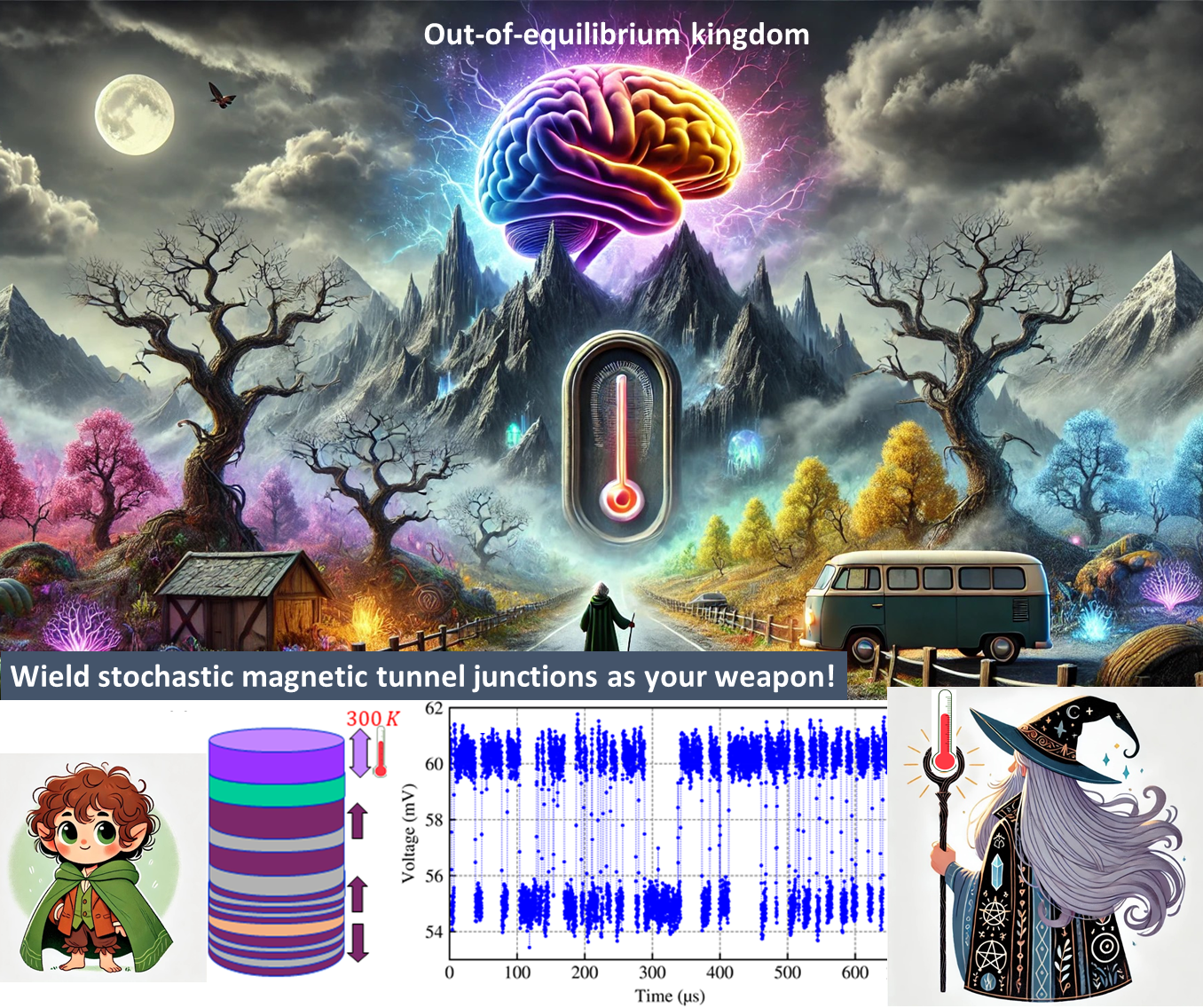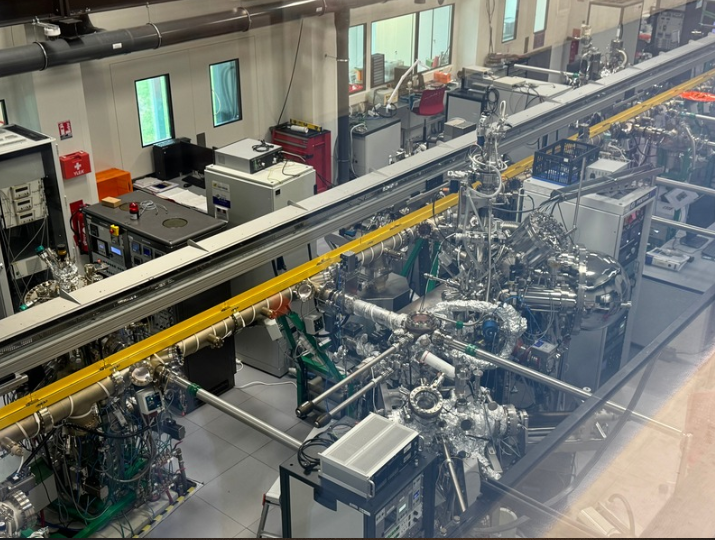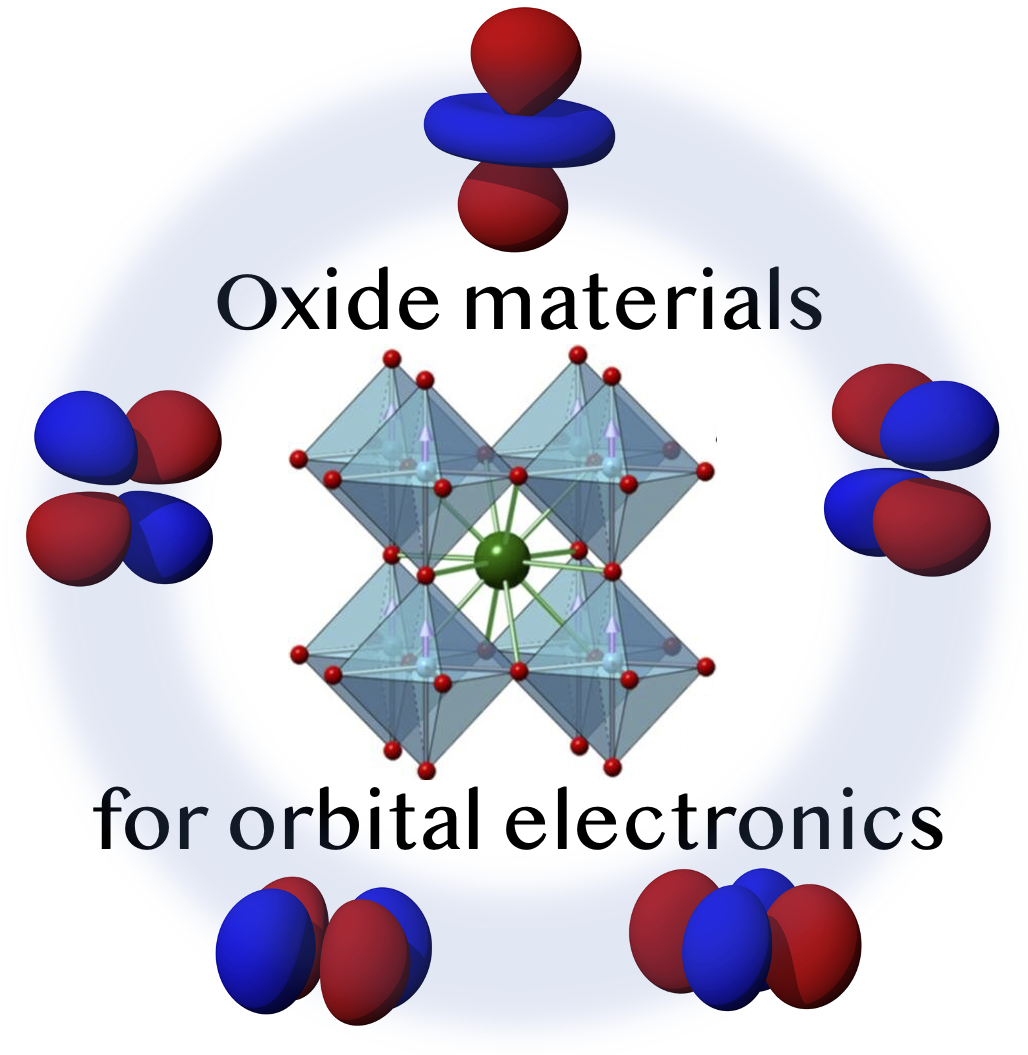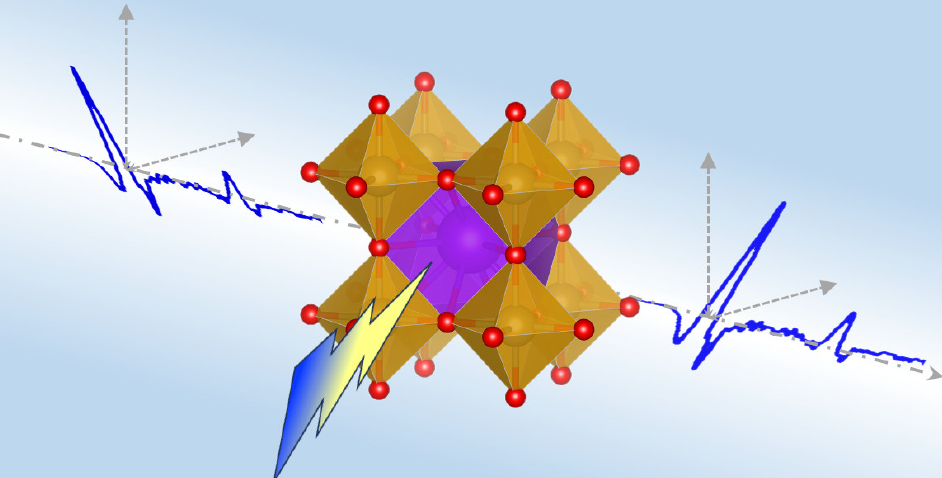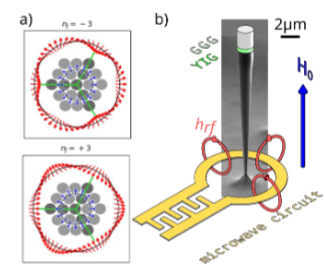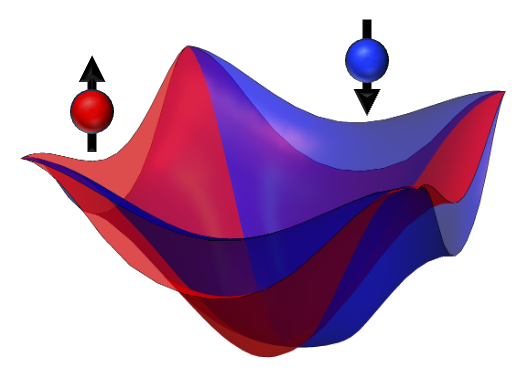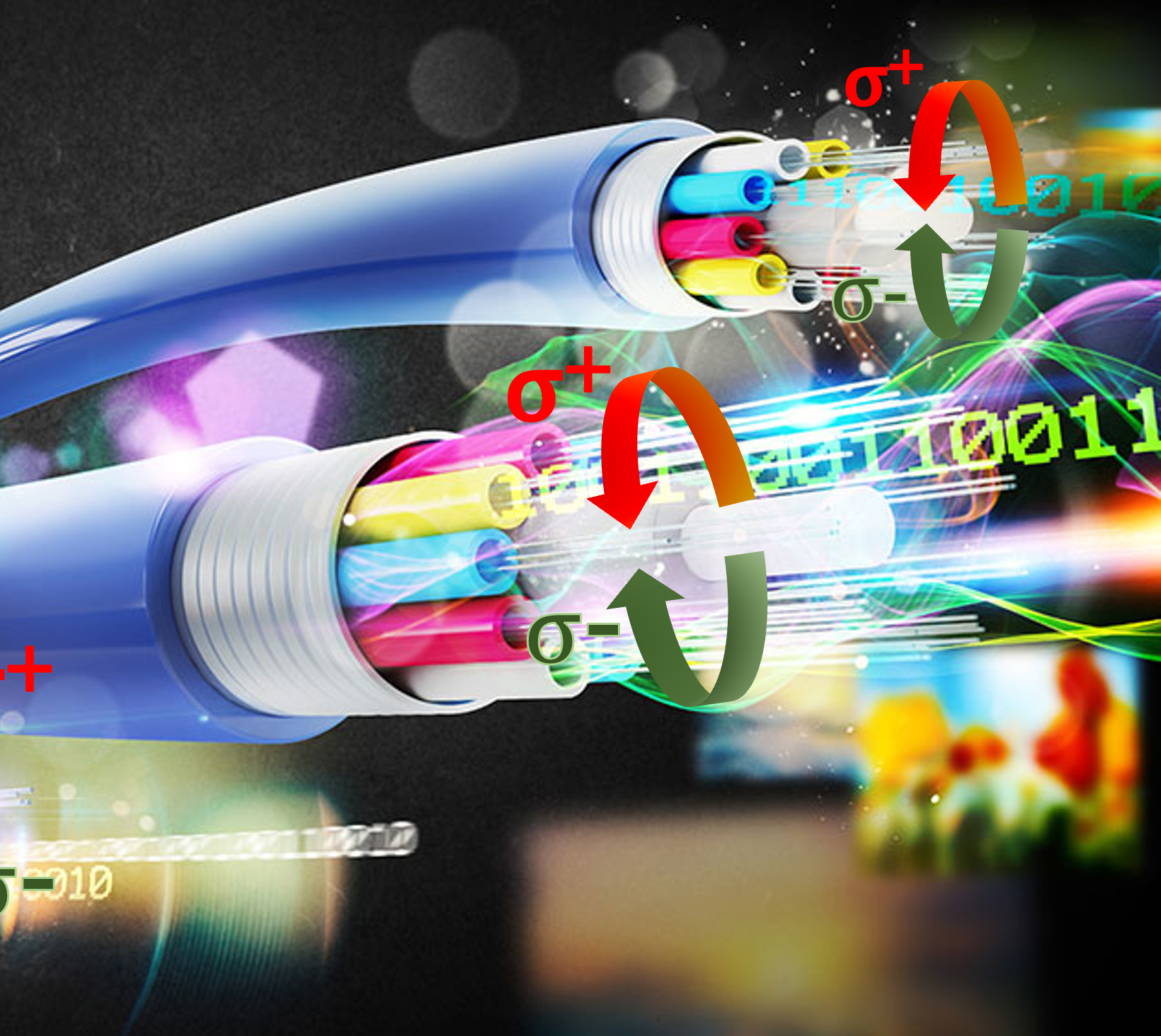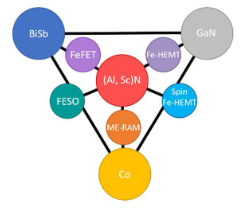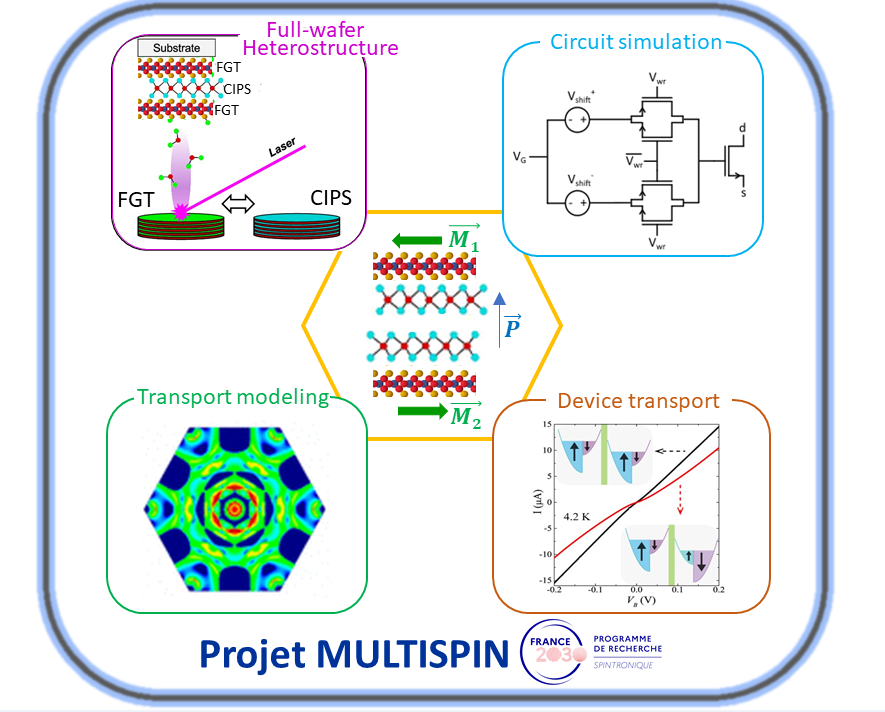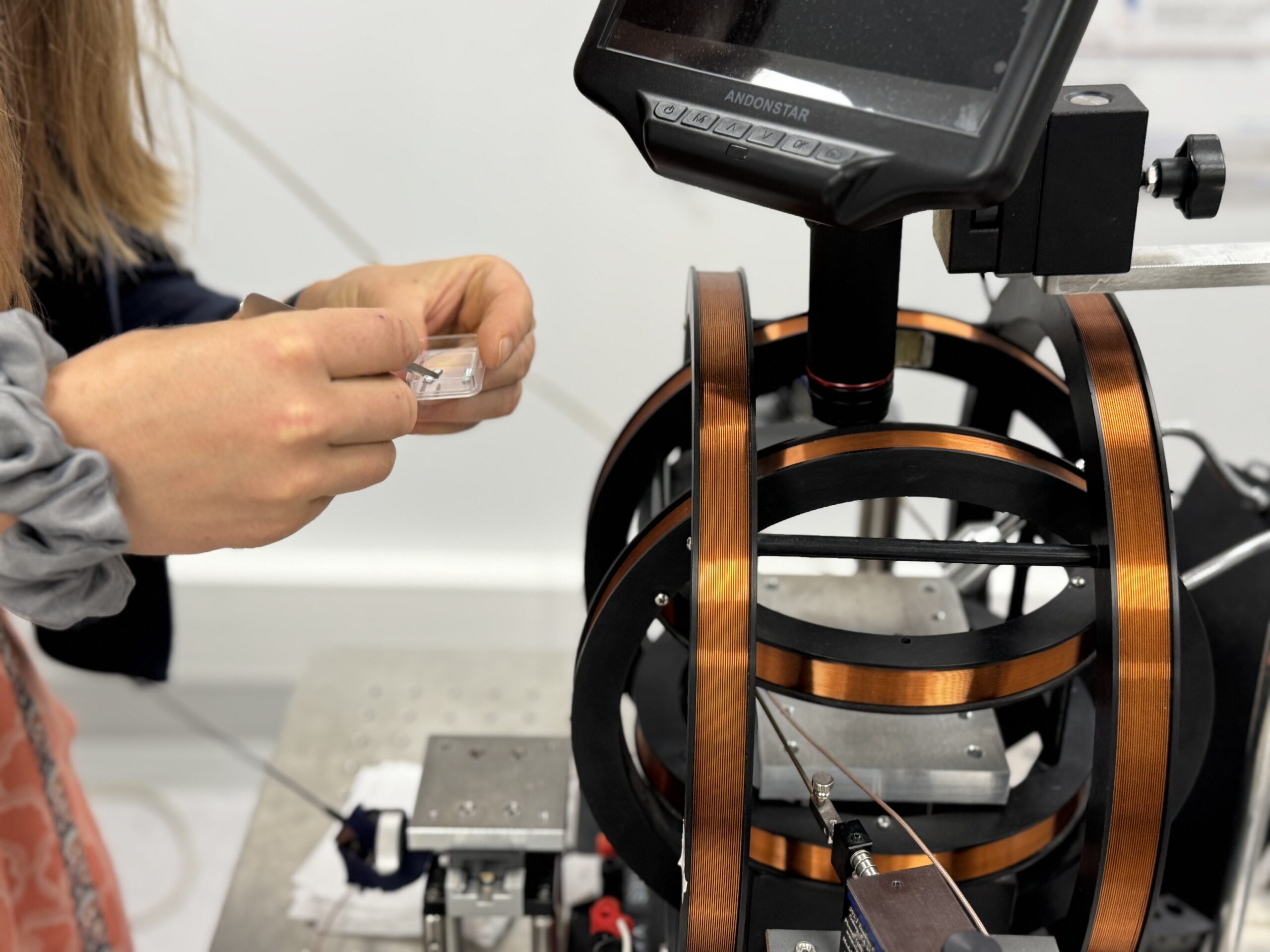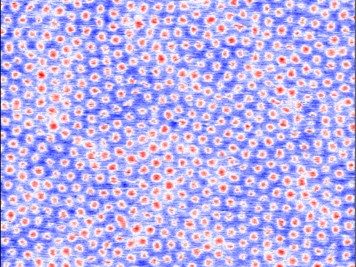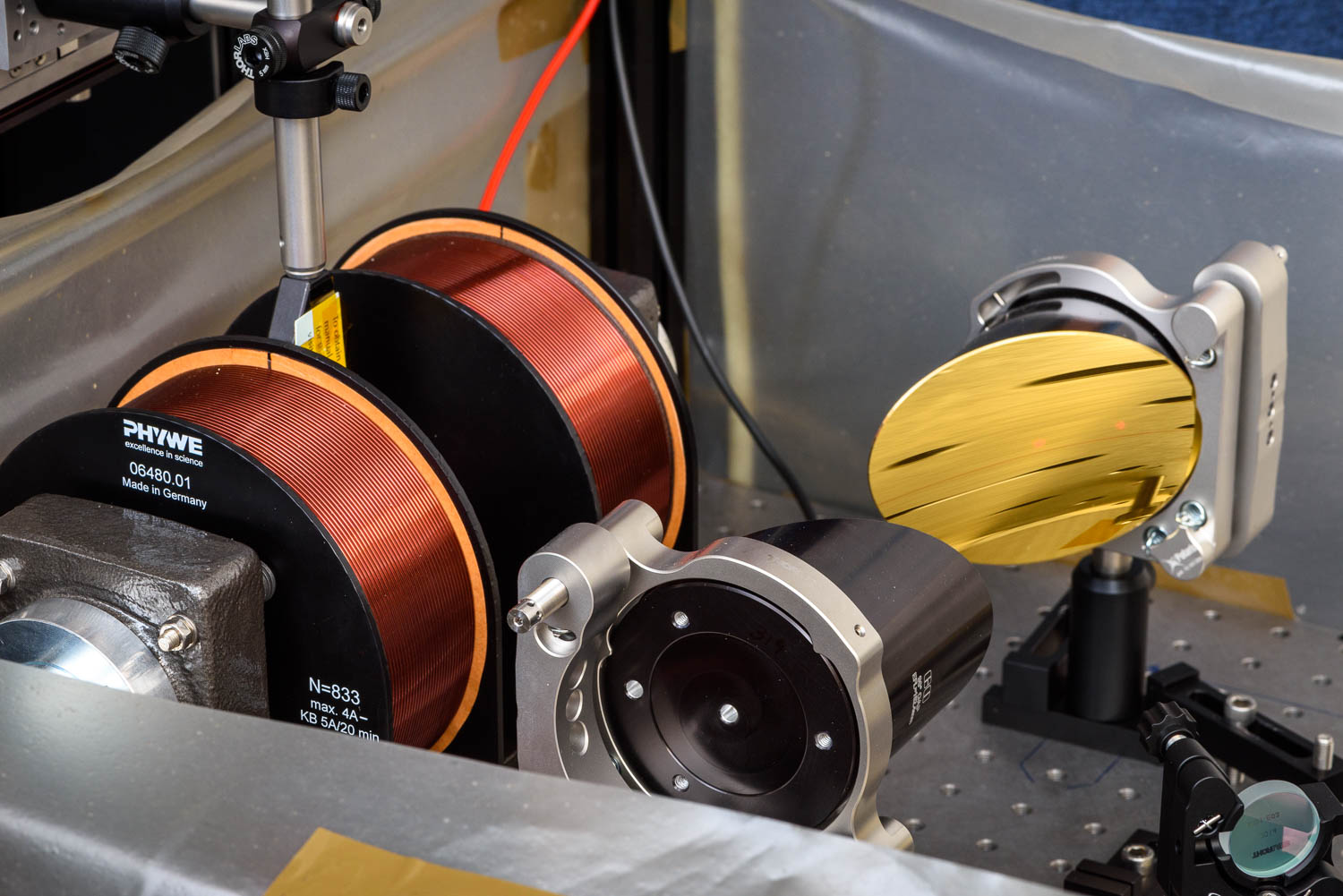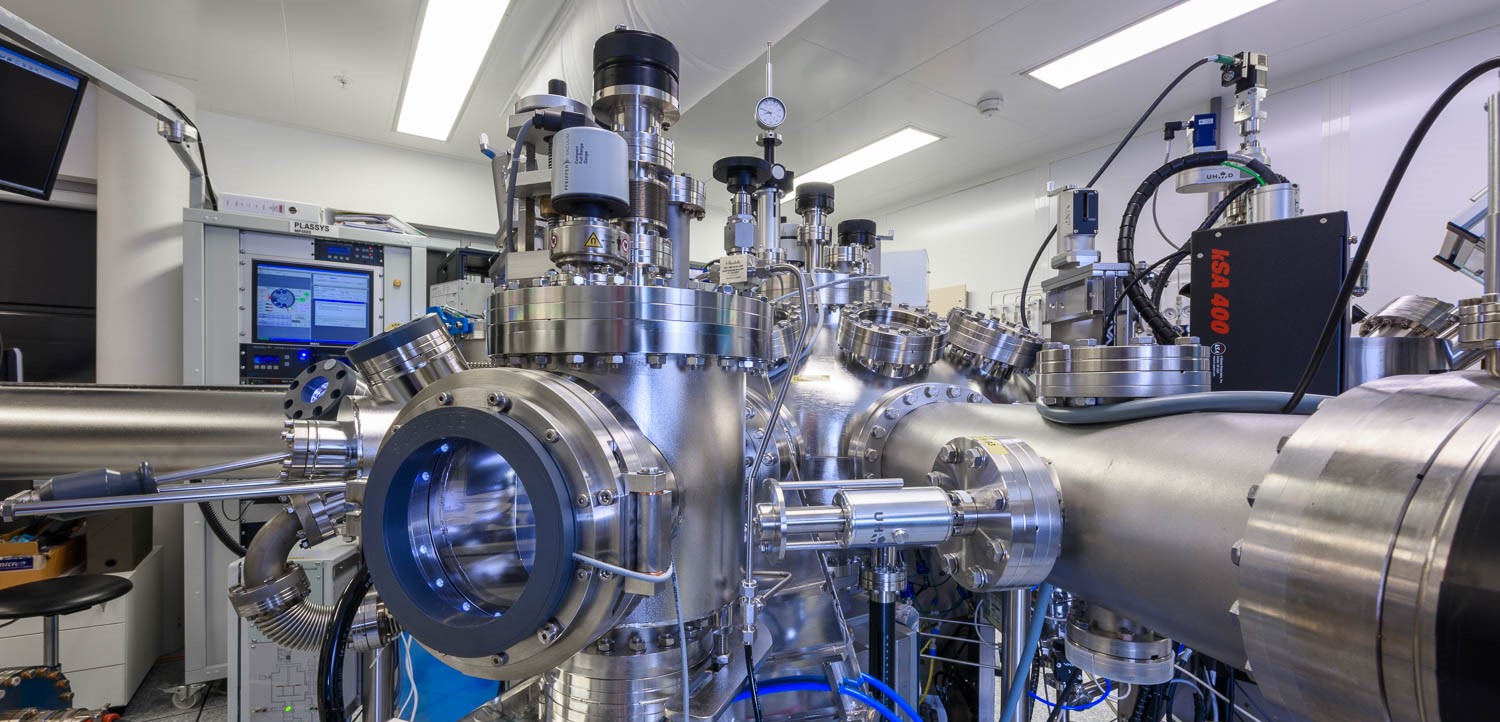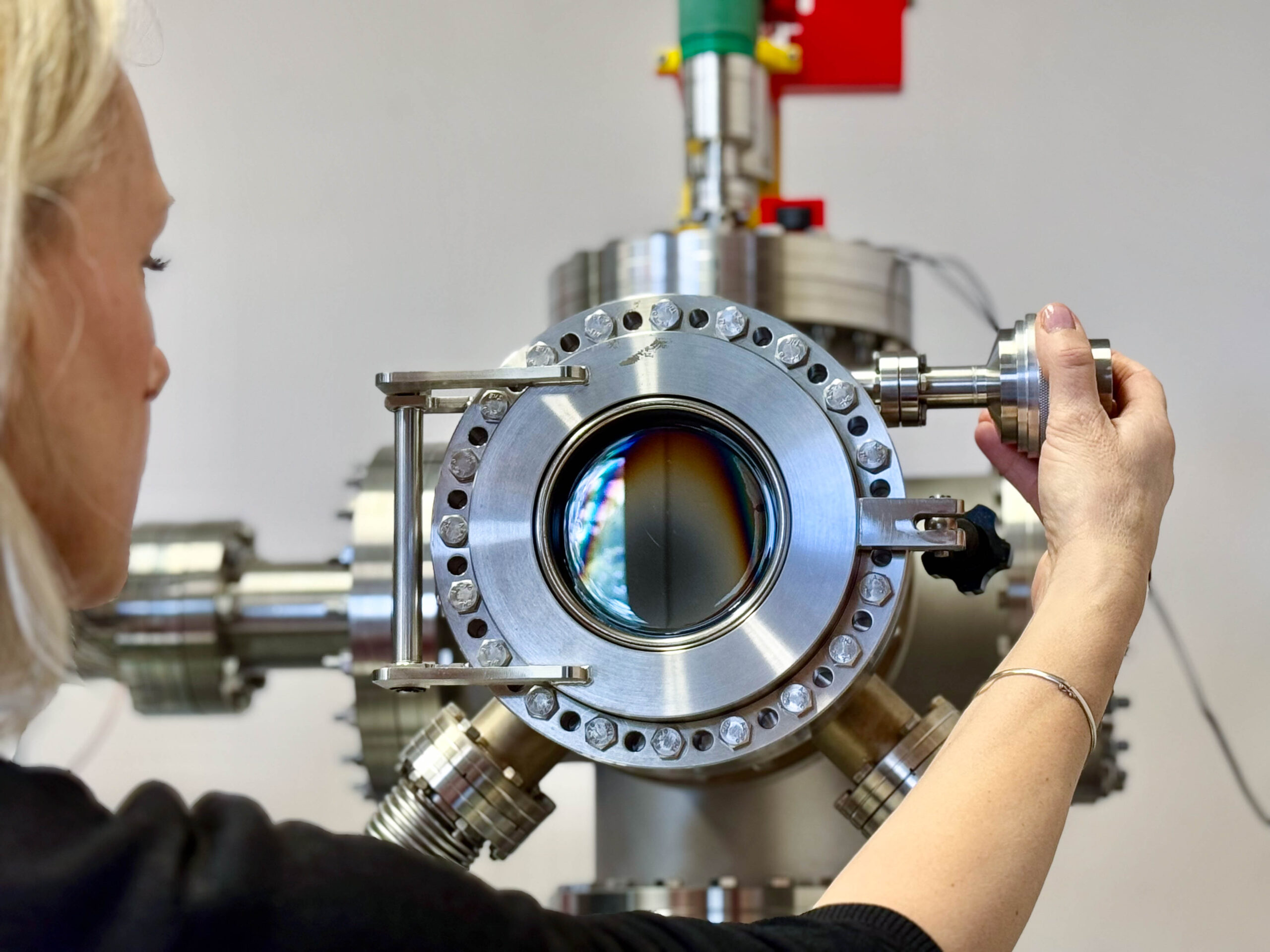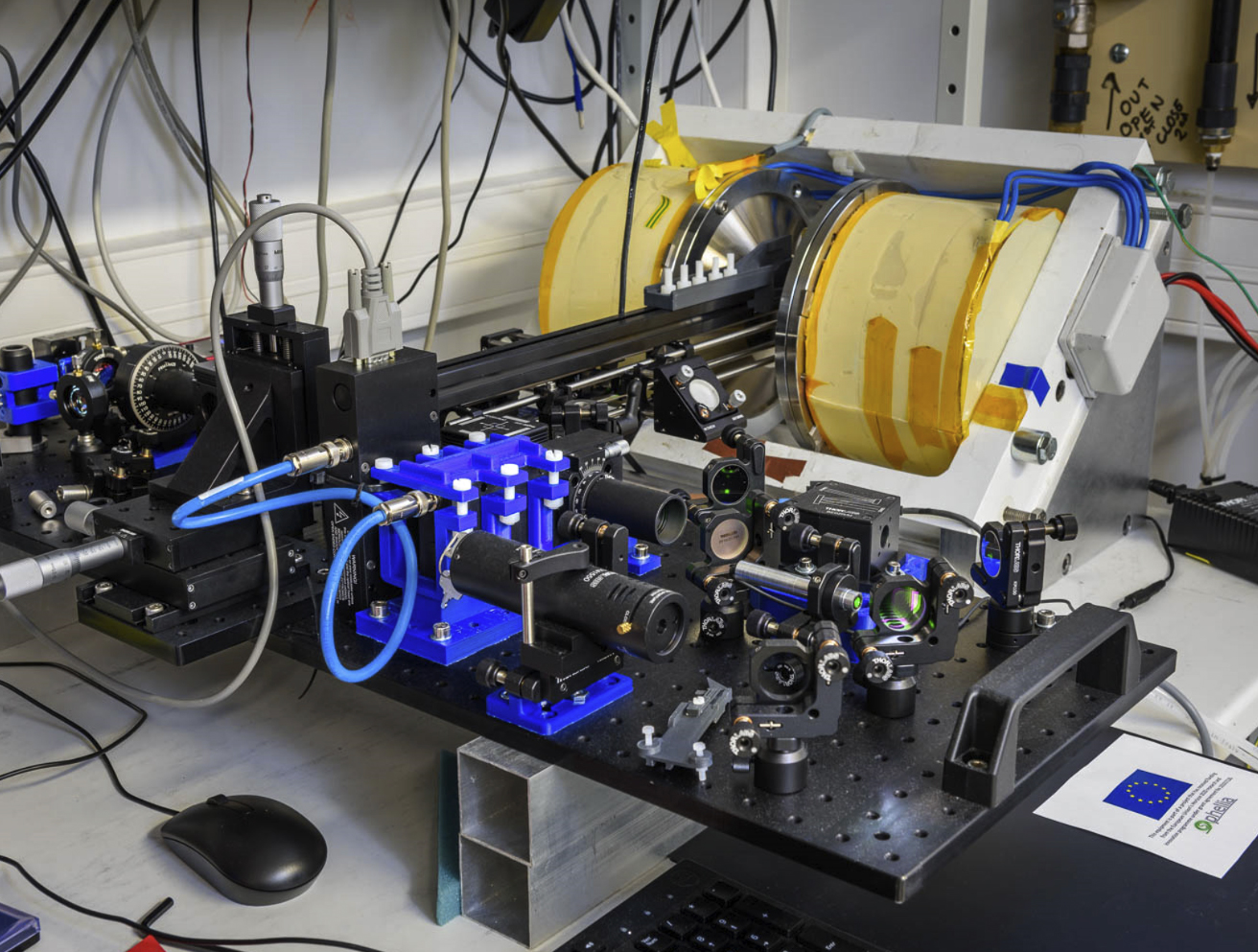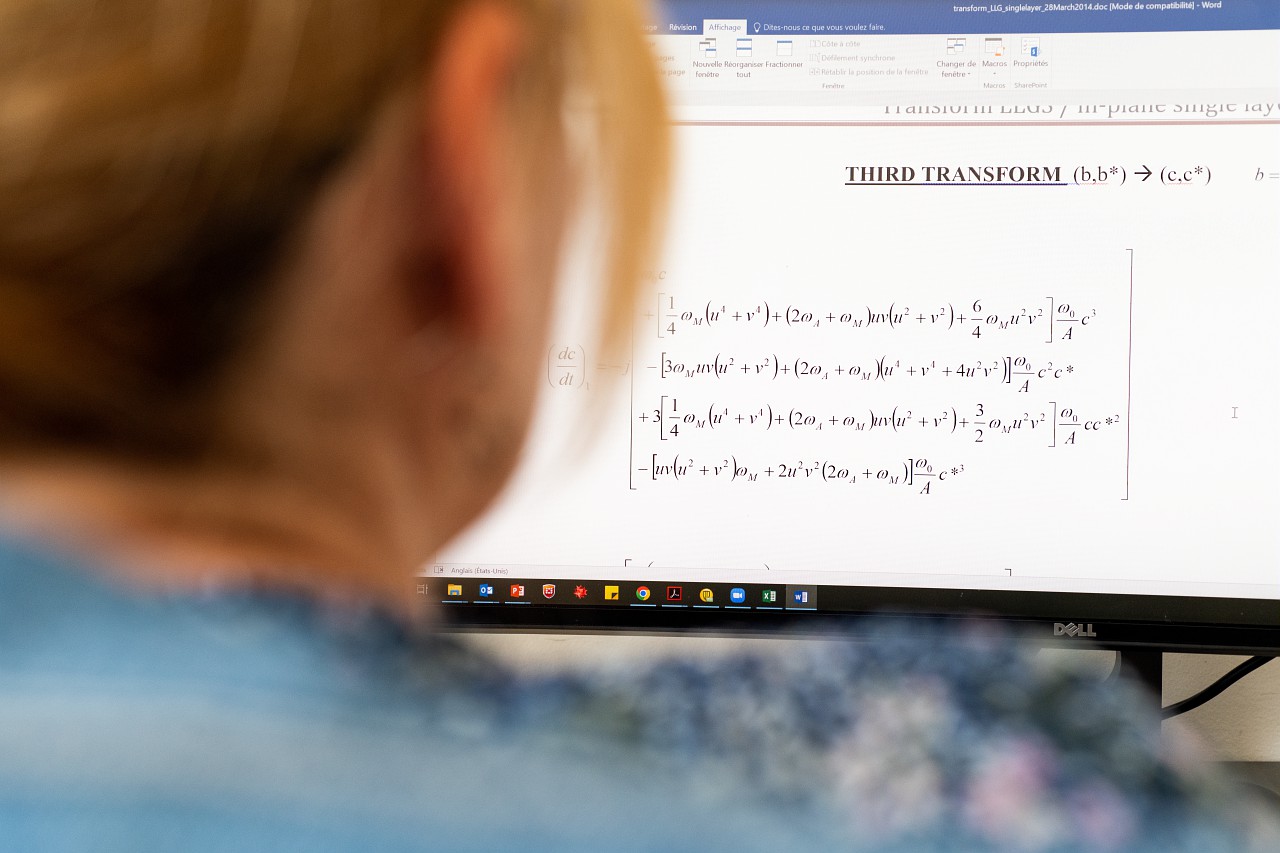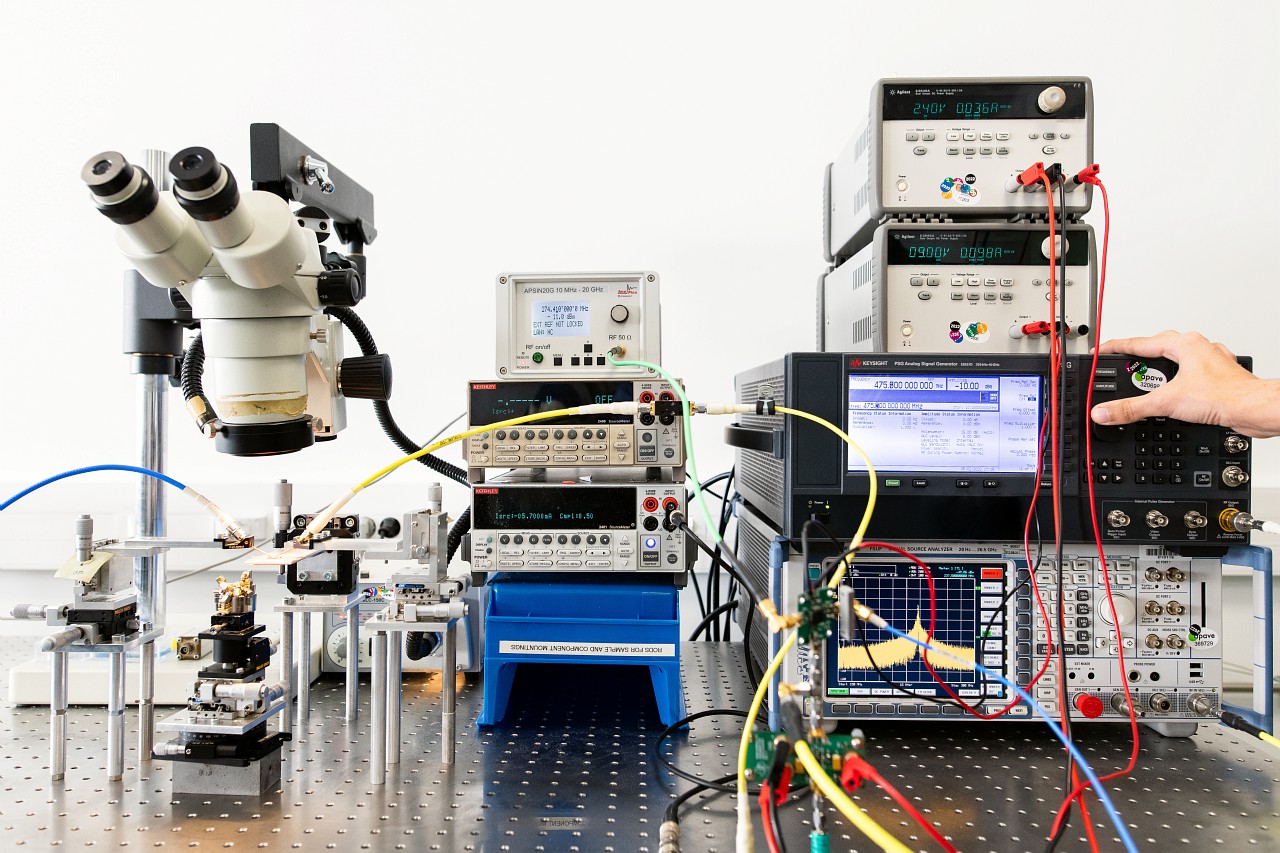
SPINCOM
Project Manager
Ursula Ebels, researcher at CEA in SPINTEC in Grenoble
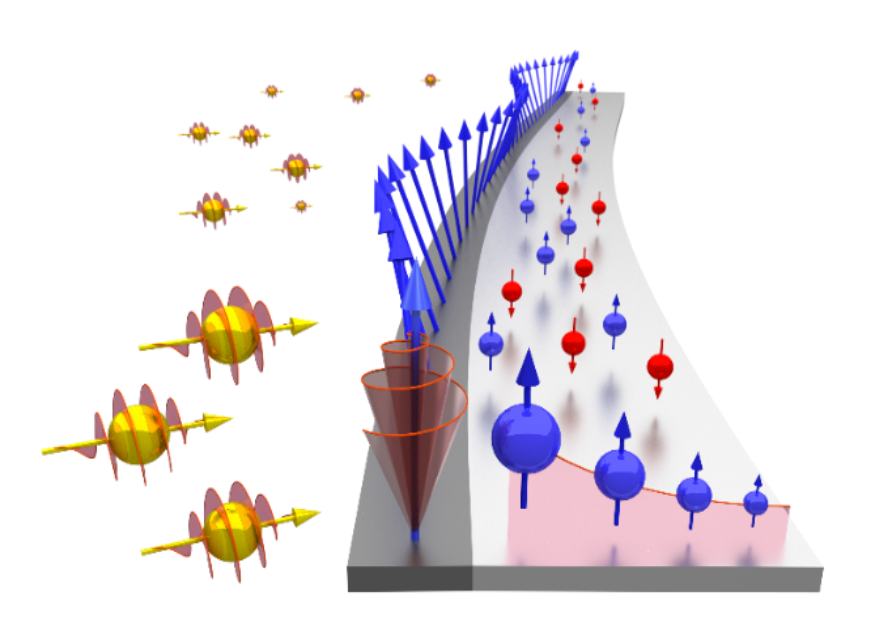
The main objective of the SPINCOM Targeted Project is to explore radio-frequency spintronics for intelligent sensors: low-power, secure communication and fast data processing.
Drawing on the multifunctional, nonlinear dynamic properties exhibited by spintronic nanoscillators (STNOs) based on nanoscale magnetic tunnel junctions, the aim is to address key issues in microwave wireless communication systems that form part of sensor networks, advanced computing and IoT applications.
Challenges
> Energy consumption
> Autonomy
> Energy recovery
> Data and transmission security
> Real-time object/signal classification
Implemented solutions
>Master and control the complex, multifunctional dynamics of radio-frequency spintronic devices.
>Develop new quantitative models of complex stochastic and nonlinear dynamics
>Develop new materials and define new devices
More precisions
SPINCOM partners have pioneered this area of research, making key contributions to uncovering the rich spectrum of multifunctional properties of single and coupled STNOs, demonstrating their modulation, synchronization, coupling and chaotic properties, their system-level operation as fast spectrum analyzers and within phase-locked loops, as well as their monolithic CMOS-spintronic co-integration capability.
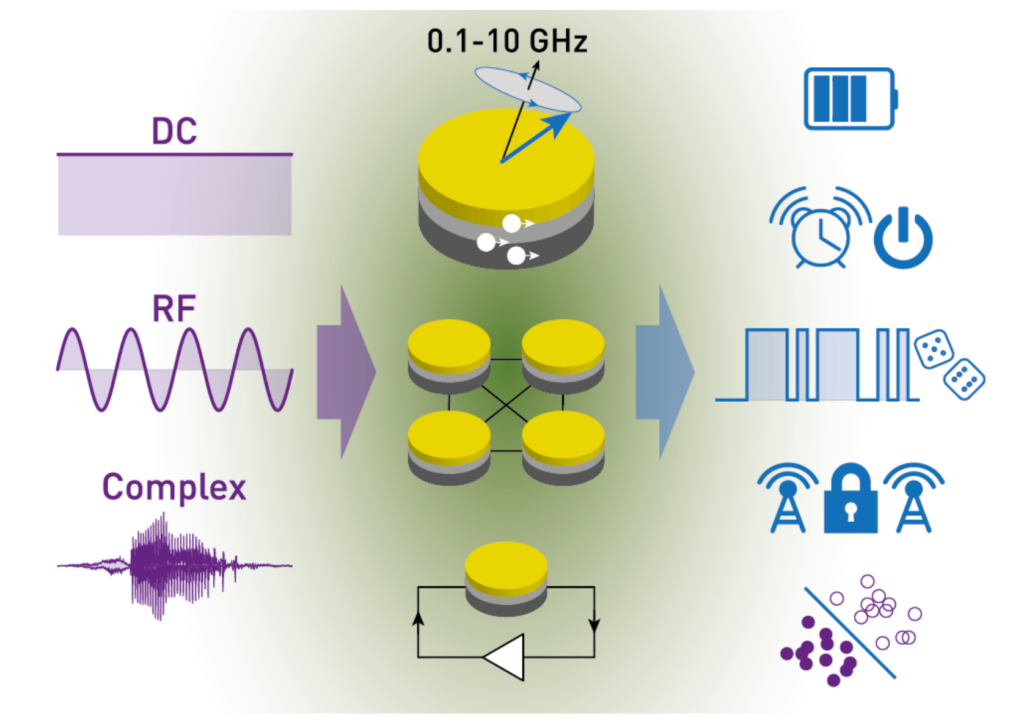
In order to establish compact, low-power hardware solutions for advanced computing and secure communications using STNOs, the SPINCOM project aims to address a number of scientific and technical challenges. The first concerns the optimization of RF-DC conversion through dynamic mode and materials engineering, as well as the correct design of low-power RF circuits for RF energy harvesting and wake-up radio receivers (WuR). The second involves mastering complex dynamics, such as chaos or exceptional points, which can occur in the case of several coupled STNOs or delayed feedback from a single oscillator. Finally, the response of these coupled STNOs to complex time-dependent inputs needs to be quantified, in order to establish their scope of application in information processing.
The consortium
SPINTEC (CEA, Grenoble), Institut Jean Lamour (Université de Lorraine, Nancy), Laboratoire Albert Fert (CNRS, Palaiseau), Service de Physique de l’Etat Condensé (CEA, Gif-sur-Yvette), Centre de Nanosciences et de Nanotechnologies (Université Paris-Saclay, Palaiseau), Techniques of Informatics and Microelectronics for integrated systems Architecture (Université Grenoble-Alpes)
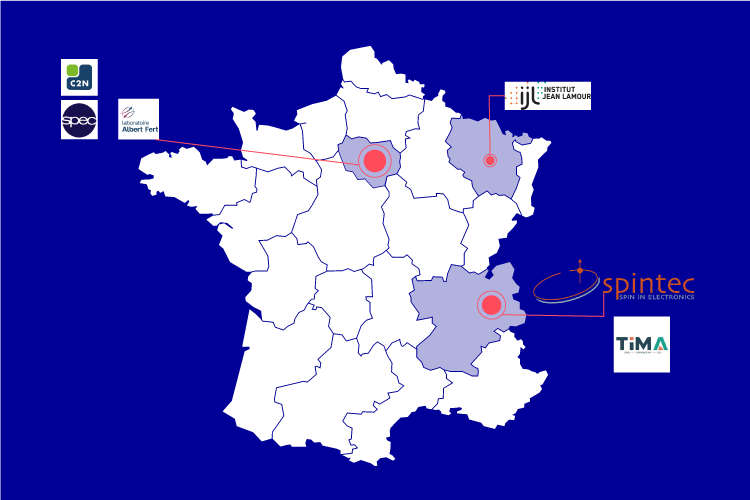
SPINCOM project publications
Les autres projets PEPR
